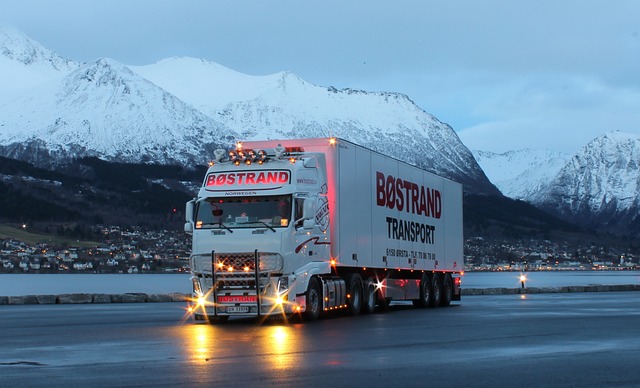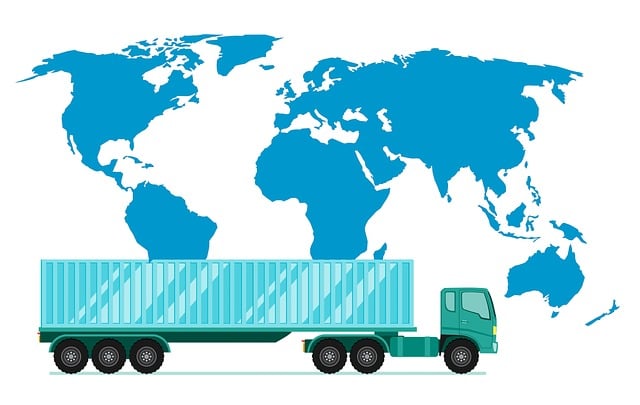Cargo liability insurance is vital for businesses involved in transportation, protecting against financial losses from damaged or lost goods during transit. This coverage includes accidents, natural disasters, theft, and handling errors, covering both goods' cost and legal expenses. Additional Liability Endorsements (ALEs) further enhance protection for high-value, hazardous, or complex shipments, crucial for international trade and dynamic supply chains. Businesses should strategically assess risks, tailor policies with experts, and update regularly to maximize benefits, aligning coverage with their unique needs. Real-world examples demonstrate the advantages of enhanced liability policies in mitigating financial risks and fostering operational stability.
Maximizing benefits from additional liability endorsements is crucial for businesses navigating the complex landscape of cargo liability insurance. This article guides you through understanding the essentials of cargo liability insurance, recognizing when extra coverage is necessary, and implementing strategies to maximize its advantages. From exploring real-world case studies to practical tips, discover how to unlock the full potential of your policy. Enhance your protection and ensure peace of mind in today’s bustling business environment by leveraging these insights into cargo liability insurance.
Understanding Cargo Liability Insurance: What It Covers and Why It Matters

Cargo liability insurance is a vital coverage for businesses involved in transportation and logistics. It protects against financial losses arising from damage or loss of goods during transit. This type of insurance is crucial, especially for companies shipping valuable or fragile items, as it covers a range of potential incidents. From accidents and natural disasters to theft and handling errors, cargo liability insurance provides a safety net to mitigate these risks.
Understanding what this insurance covers is essential. It typically includes compensation for the cost of damaged or lost goods, as well as legal expenses and liability claims resulting from incidents during transportation. By having this coverage, businesses can avoid significant financial burdens and ensure they remain competitive in the market. With the right cargo liability insurance, companies can focus on growing their operations, knowing that their valuable cargo is protected.
Unlocking the Potential: When Additional Liability Endorsements Are Necessary

In today’s dynamic business landscape, where operations often involve transporting goods and materials, having robust cargo liability insurance is non-negotiable. Additional Liability Endorsements (ALEs) serve as powerful tools to unlock the full potential of your insurance policy, offering critical protection against unforeseen risks and financial burdens associated with cargo-related incidents. These endorsements are particularly necessary when businesses deal with high-value or hazardous materials, engage in international shipping, or have complex supply chains.
By procuring ALEs, businesses can expand their coverage beyond the standard limits, ensuring they’re prepared for potential liabilities arising from damages, losses, or injuries caused by their cargo. This proactive approach maximizes the benefits of cargo liability insurance, providing a safety net that safeguards against significant financial losses and legal repercussions. In an industry where risks are ever-evolving, unlocking the full potential of your insurance through ALEs is a strategic move towards risk management excellence.
Strategies to Maximize Benefits: Tips for Effective Coverage

To maximize the benefits from additional liability endorsements, especially in the context of cargo liability insurance, businesses should adopt strategic tips for effective coverage. Firstly, conduct a thorough risk assessment to identify potential hazards and vulnerabilities within your operations, particularly during the transportation and storage of goods. This includes evaluating the type and value of cargo, as well as the safety measures in place at loading/unloading points and warehouses.
Secondly, leverage the expertise of insurance professionals to tailor liability coverage that aligns precisely with your business needs. Discuss options for extending liability beyond standard policies, such as adding specific types of cargo or operations that may be at higher risk. Regularly reviewing and updating your policy is crucial; ensure it remains relevant by factoring in changes in regulations, operational scope, and the evolving nature of your industry.
Case Studies: Real-World Examples of Maximized Liability Protection

In the realm of cargo liability insurance, real-world examples highlight the significant benefits of maximizing protection through additional endorsements. Case studies from diverse industries paint a vivid picture. For instance, a logistics company specializing in international shipping faced a claim when their cargo was damaged during transit due to improper loading. Thanks to an enhanced liability policy that covered loading and unloading risks, they were able to navigate this challenge with minimal financial impact, ensuring business continuity.
Another scenario involves a food distribution firm whose refrigerated trucks suffered breakdowns, leading to spoilage of perishable goods. By purchasing extended coverage for mechanical failures, the company significantly reduced their potential losses, demonstrating how tailored liability endorsements can act as a safety net during unforeseen circumstances, fostering stability and resilience in even the busiest (hustle and bustle) operations.
Cargo liability insurance is an invaluable tool for businesses involved in transportation and logistics, offering protection against financial losses due to damage or loss of goods. By understanding the intricacies of this insurance and leveraging additional liability endorsements effectively, companies can significantly mitigate risks and ensure robust coverage. The strategies outlined in this article provide practical insights into maximizing the benefits of these endorsements, as demonstrated by real-world case studies. Embracing these tactics ensures businesses are well-prepared to navigate potential liabilities, fostering a more secure and prosperous operational environment.
